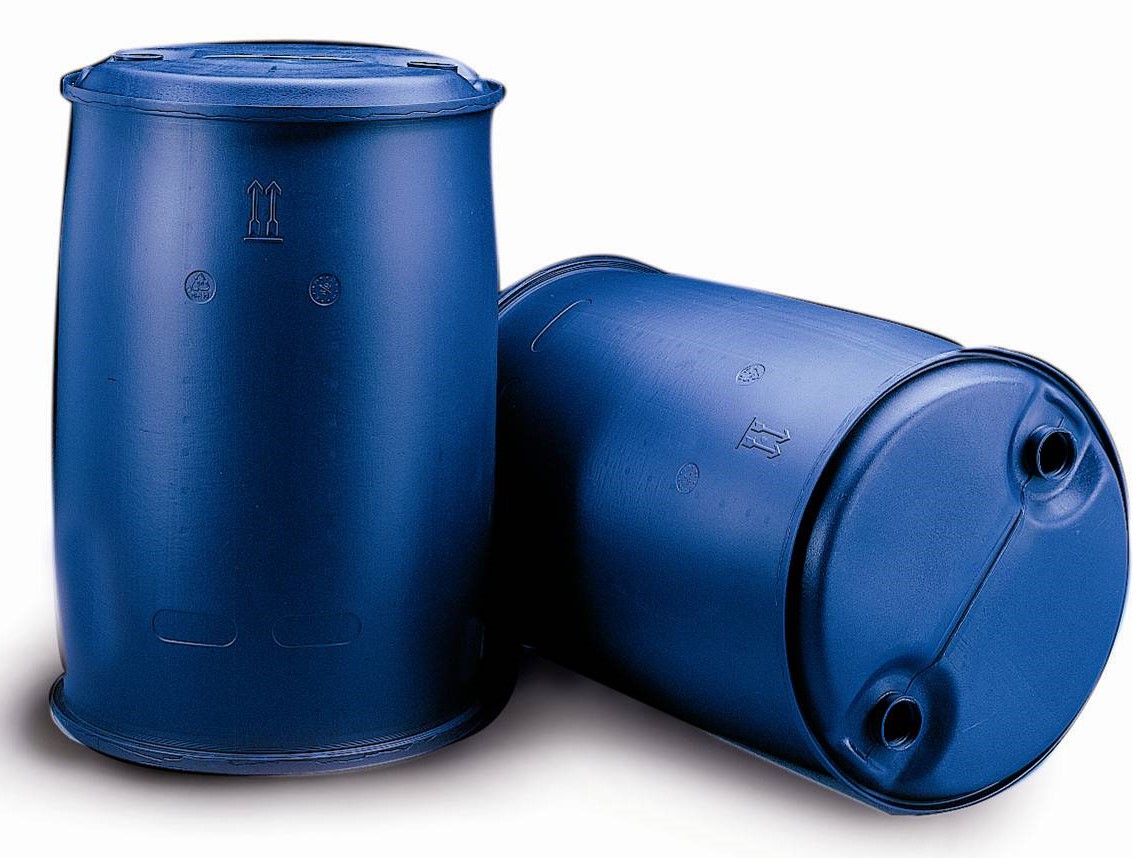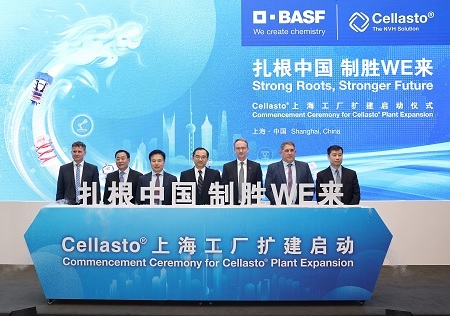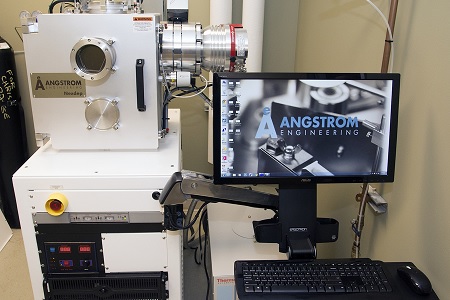The packaging solution at your fingertips

The packaging solution at your fingertips
The world packaging market is progressing and shows great vitality. The packaging industry has been one of the sectors that has suffered less during the financial crisis and indeed has shown steady growth prospects. The role of companies that produce processing technologies for packaging thus assumes increasing importance in the production chain.
As evidence of this trend, the Italian company ST Soffiaggio Tecnica has recently delivered a blow moulding machine, model TA 1600, with a 150-mm diameter extruder and a 38-litre accumulator head. The HEX type …
Read More Here
About IBC containers:
Intermediate bulk containers are stackable containers mounted on a pallet designed to be moved using a forklift or a pallet jack. IBCs have a volume range that is situated between drums and tanks, hence the term “intermediate“. The most common sizes are 1,040 liters or 275 U.S. gallons or 229 imperial gallons and 1,250 liters or 330 U.S. gallons or 275 imperial gallons (the 1040 liter IBCs are often listed as being 1000 liters). Cube-shaped IBCs give a particularly good utilization of storage capacity compared to palletized drums – one 275 gallon IBC is equivalent to five 55-US-gallon (208 L; 46 imp gal) drums, and a 330 gallon IBC is equivalent to six 55 gallon drums.
The most common IBC is the one-time use plastic composite IBC; a white/translucent plastic container (typically polyethylene) housed within a tubular galvanized iron cage that is attached to a pallet. IBCs can be made from many materials depending upon the needs of the shipper and the legal requirements that must be met. In addition to the plastic composite IBC, intermediate bulk containers are also made of fiberboard, wood, heavy gauge plastic, aluminum, carbon steel, and galvanized iron. Heavy-gauge plastic IBCs are made of reinforced plastic that requires no steel cage; they have a pallet molded into the bottom so the entire unit is a single piece.
Folding IBCs are also made of heavy plastic. Their sides fold inward when the unit is empty allowing the IBC to collapse into a much smaller package for return shipment or storage. Flexible intermediate bulk containers, made of woven polyethylene or polypropylene bags, are designed for storing or transporting dry, flowable products, such as sand, fertilizer, and plastic granules. Almost all rigid IBCs are designed so they can be stacked vertically one atop the other using a forklift. Most have a built-in tap (valve, spigot, or faucet) at the base of the container to which hoses can be attached, or through which the contents can be poured into smaller containers.














